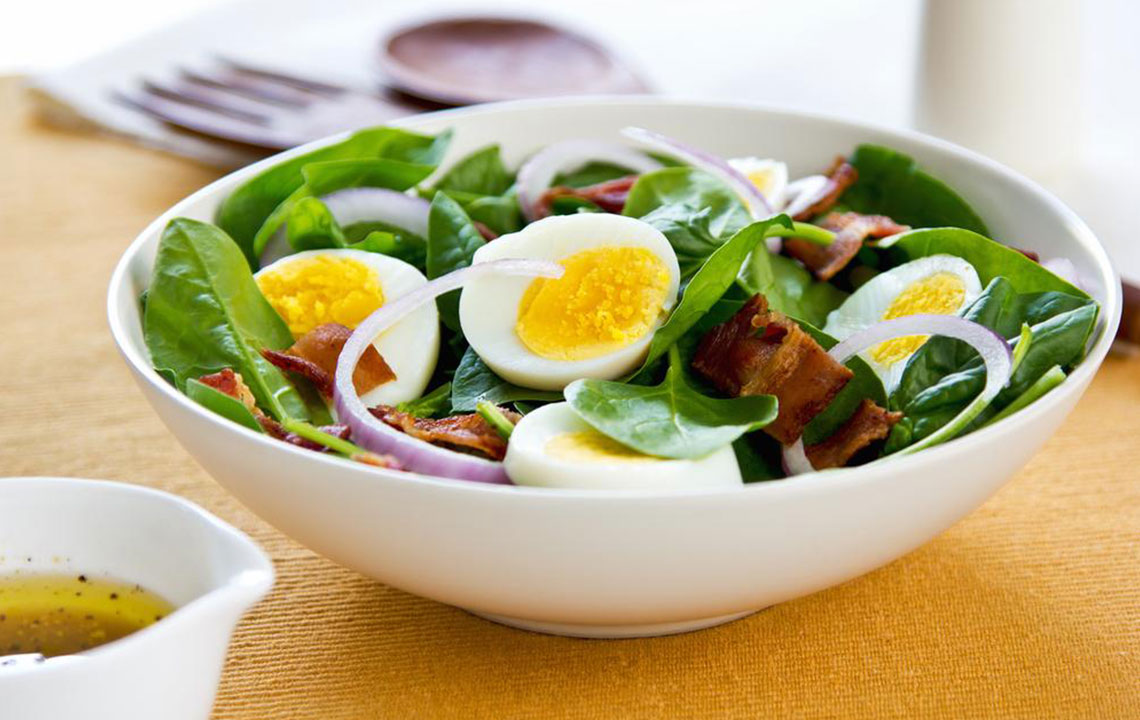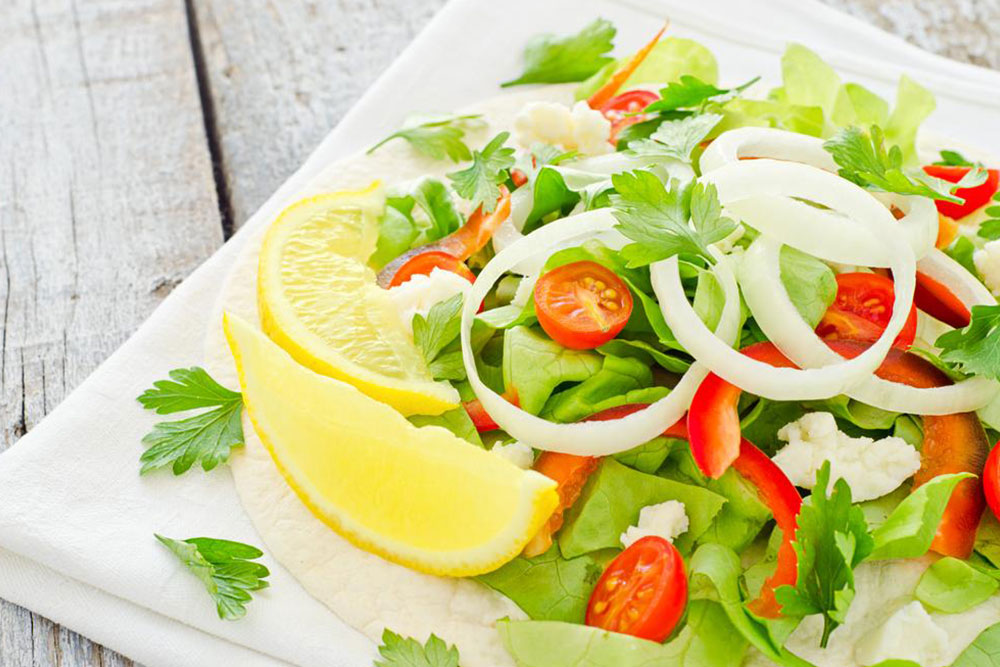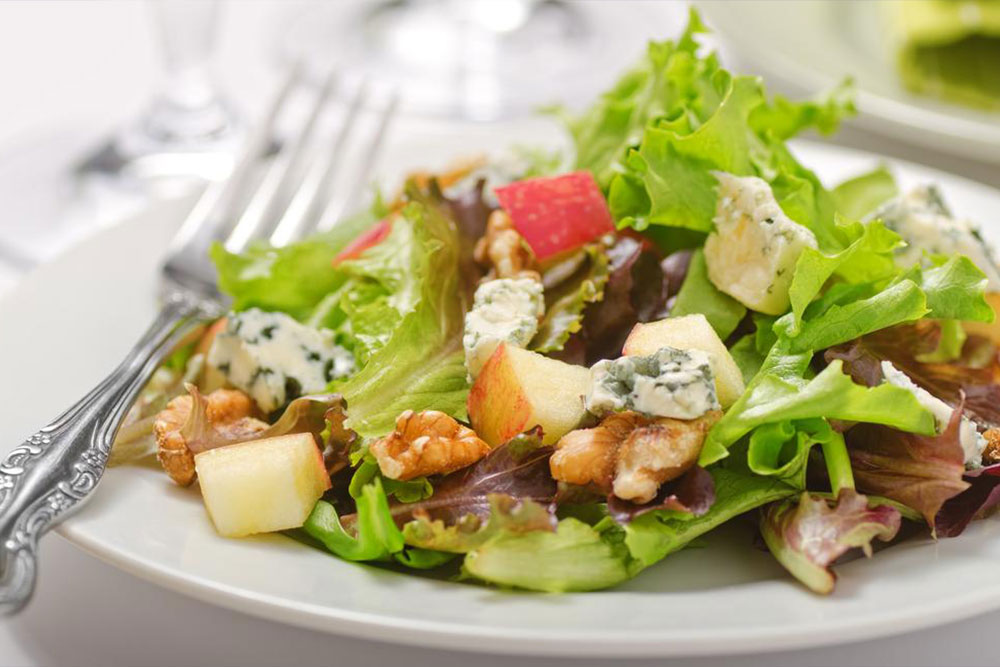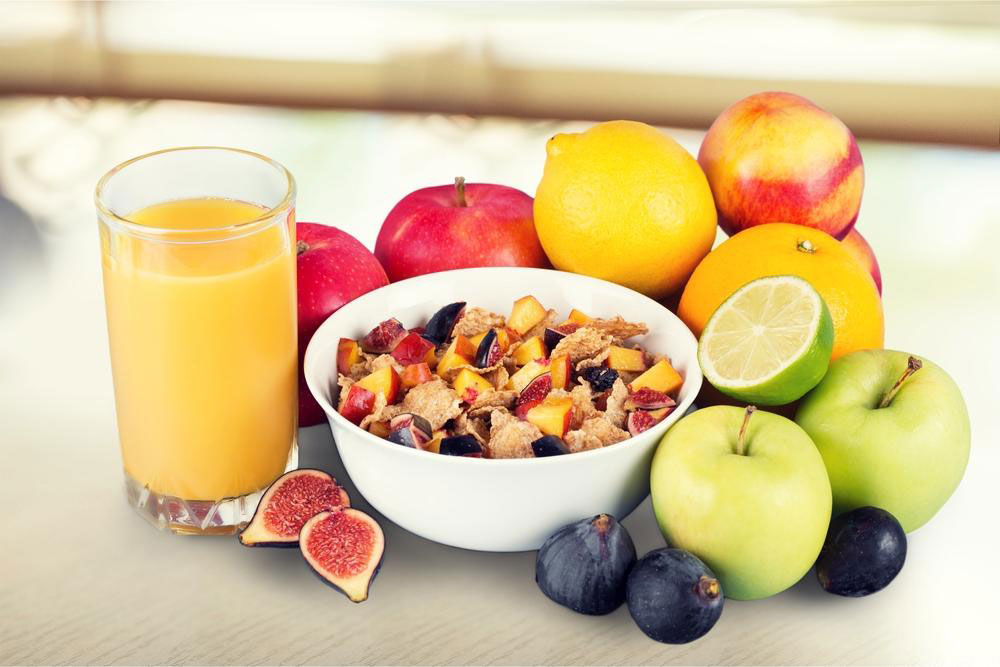Comprehensive Guide to the Top 10 Protein-Powering Foods for a Healthy Lifestyle
This comprehensive guide highlights the top 10 protein-rich foods essential for a healthy diet. Exploring options like fish, poultry, legumes, and plant-based sources, it provides practical tips for incorporating these foods into your daily routine. Emphasizing balanced nutrition, the article promotes weight management, muscle growth, and overall wellness through a variety of high-protein options suitable for different dietary preferences. Ideal for health-conscious individuals, this article offers valuable insights to enhance your dietary choices and improve long-term health outcomes.

Comprehensive Guide to the Top 10 Protein-Powering Foods for a Healthy Lifestyle
In today’s health-conscious world, maintaining a diet rich in high-quality protein has become increasingly important for achieving optimal wellness, supporting muscle development, and managing weight effectively. Proteins are essential macronutrients that play vital roles in various bodily functions, including tissue repair, hormonal balance, and immune support. While carbohydrates often take center stage as our primary energy source, incorporating a diverse array of protein-rich foods into your daily meals can bring remarkable health benefits. This detailed guide explores ten of the best foods that are packed with protein, providing you with practical insights into how to elevate your diet and promote overall health and vitality.
The Dukan Diet – Emphasizing Protein Power
The Dukan diet is a popular weight-loss regimen centered around high protein consumption through a structured four-phase plan. It begins with an exclusive protein phase, where only lean meats, fish, eggs, and dairy are consumed, designed to jump-start weight loss. As you progress through subsequent phases, small amounts of vegetables, nuts, and fruits are gradually reintroduced, but the core emphasis remains on prioritizing protein to preserve muscle mass and promote satiety. While effective for rapid weight reduction, adherence to this diet requires medical supervision to ensure nutritional balance and avoid potential health risks associated with restrictive eating patterns.
The Paleo Diet – Returning to Natural Food Choices
The Paleo diet advocates for eating in accordance with our ancestors’ eating habits, focusing on unprocessed, natural foods. It emphasizes consuming lean meats, fish, fresh vegetables, nuts, and seeds while eliminating processed grains, dairy, refined sugars, and preservatives. This approach aims to promote health by avoiding artificial additives and promoting nutrient density. Scientific research continues to explore its long-term benefits, but many followers report improvements in energy, weight management, and gut health. The focus on whole, minimally processed foods makes it an excellent choice for those seeking a high-protein, clean-eating lifestyle.
Incorporate Spinach for a Plant-Based Protein Boost
Spinach is a remarkable leafy green vegetable that offers a hefty dose of plant-based protein along with essential vitamins and antioxidants such as vitamins A, C, E, and K. Its high fiber content also supports digestive health and helps regulate blood sugar levels. Incorporating steamed spinach into your meals is an easy way to enhance both protein intake and nutrient diversity, making it suitable for vegetarians and those aiming to boost their vegetable consumption.
Sun-Dried Tomatoes – Flavorful and Nutritious
Sun-dried tomatoes are not only flavorful but also nutrient-dense. Packed with antioxidants, vitamins A and K, and potassium, they serve as an excellent addition to salads, pasta dishes, or sandwiches. Their concentrated flavor allows for small portions to deliver a significant nutritional punch, including a reasonable amount of plant-based protein.
Guava – A Fruit Packed with Protein and Vitamin C
Guava is often overlooked among fruits, yet it is a superb source of both high-quality protein and vitamin C. Consuming fresh guava provides immune-boosting vitamin C, aids in skin health, and supports metabolic processes. Its unique flavor and richness in nutrients make it an excellent snack or fruit component in various meals.
Fish – A Lean, Omega-3 Rich Protein Source
Fish such as tuna, salmon, mackerel, and sardines are cornerstone foods in a high-protein diet. They are excellent sources of lean protein and are rich in omega-3 fatty acids, which support heart health, reduce inflammation, and promote brain function. Fish is easily digestible and provides essential amino acids, making it a versatile choice for daily nutrition. Incorporating different types of fish into your meals can improve dietary variety and health benefits.
Soy Products – Perfect for Vegetarians and Vegans
For those following plant-based diets, soy-based foods like tofu, tempeh, soy cheese, and edamame are vital sources of complete protein. They contain all essential amino acids required by the body and can help manage cholesterol levels. Plus, soy foods are versatile in the kitchen, fitting into stir-fries, salads, and stews to enhance protein content without animal products.
Beans and Legumes – Nature’s Protein Powerhouses
Beans, lentils, chickpeas, and other legumes are nutrient-dense foods that provide significant amounts of plant protein, dietary fiber, and antioxidants. They are excellent for supporting sustained fullness and healthy digestion. A popular and nutritious way to consume beans is to combine them with corn and salsa for a flavorful, satisfying meal that provides macronutrients and micronutrients essential for overall health.
Lentils – Versatile and Nutritional
Lentils are a staple in many cuisines worldwide. They are rich in protein and fiber while being low in fat, making them ideal for weight management and cardiovascular health. Regular consumption of lentils can help improve cholesterol profiles and stabilize blood sugar levels, contributing to overall well-being.
Poultry and Eggs – Quick and Complete Protein Sources
Poultry such as chicken and turkey along with eggs are among the most accessible and efficient sources of complete protein. A chicken breast provides approximately 26 grams of protein per serving, while eggs supply all essential amino acids along with vital nutrients like iron and antioxidants. These foods can be easily incorporated into various recipes, offering convenience and nutritional density, supporting muscle repair, and maintaining energy levels for active lifestyles.





